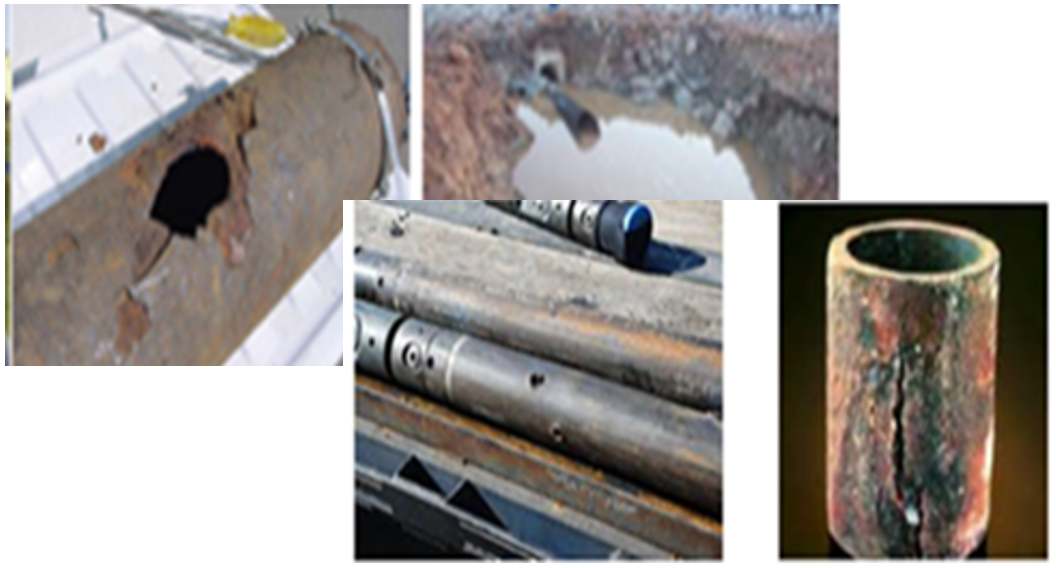Review of Corrosion Threats in Oil & Gas
Review of Corrosion Threats in Oil & Gas
Internal corrosion threats of equipment are primarily due to the presence of carbon dioxide (CO2-sweet corrosion) and/or hydrogen sulfide (H2S-sour corrosion). At low temperatures, below ~150ºC, the corrosion reactions require the presence of water to form an electrolyte (dry gases are non- corrosive).
At the higher temperatures, as found in refinery processing and the flame side of boilers, the corrosion reactions involve gas phase reactions, molten salts and diffusion of metallic and sulfur/oxygen ionic species through the corrosion product scales (oxidation processes).

The course will cover:
- Corrosion resulting from dissolution of corrosive gases in brines
- Hydrogen sulfide (H2S sour)
- Carbon Dioxide (CO2 sweet)
- Sulfate reducing bacteria (SRB) / microbiologically induced corrosion (MIC)
More information can be found in the Services section of this website
Class Information
Field: Materials Engineering
Instructor(s): Dr. Mimoun Elboujdaini and Dr. Magdy Girgis
Currently Registered Seats: 00
Session Schedule
Virtual Zoom Class
URL will be emailed once payment has been received
Start time: 9:00AM CST (5 hours per day)
Start Date: October 18th, 2021
— In-Person Training —
